Current Research on Pitch Perception Suggests That
A Schematic of model structure. Sharpening of Pitch Perception.

Pitch Perception And Hearing Loss Introduction To Psychology
Current research on music processing and syntax or semantics in language suggests that music and language share partially overlapping neural resources.

. 14 in the journal Nature Communications researchers led by McGovern Institute for Brain Research associate. 14 in the journal Nature Communications researchers led by McGovern Institute for Brain Research associate investigator Josh McDermott used computational. The high pitch resolution of the ear suggests that only about a dozen hair cells or about three tiers from the four banks of cells are associated with each distinguishable pitch.
DNNs were trained to estimate the F0 of. To explore how our ears and our environment influence pitch perception McDermott Saddler and research assistant Ray Gonzalez built a computer model called a deep neural network. A review of past and current research on tonality in music.
A recent study demonstrating sensitivity to relative pitch in infants. Infants between 1 and 3 days old underwent fMRI scans while listening to typical Western tonal music and then slightly altered dissonant versions of the same selections. The pitch mechanism has to determine whether a sound waveform is periodic and with what period.
Current research suggests that A the frequency theory is completely rejected B the place theory best explains how we hear different pitches. This study suggests that contours are not unique to pitch but rather are perceived in other dimensions of sound as well. Congenital amusia the subject of the present article is most often defined as a deficit in musical pitch perception.
By iednewsdesk On Dec 27 2021. A person can do well on an audiological test and still flunk the DTTand vice versashowing that the musical pitch perception is largely independent of peripheral hearing the researchers conclude. A functional imaging study reporting that the.
Previous research has suggested that training on a musical instrument is associated with improvements in working memory and musical pitch perception ability. Good working memory and musical pitch perception ability in turn have been linked to certain aspects of language production. In a study reported Dec.
Physical properties of sound can be readily assessed but measuring the sensory or perceptual experience evoked by a sound is more difficult. New research from MIT neuroscientists suggests that natural soundscapes have shaped our sense of hearing optimizing it for the kinds of sounds we most often encounter. The place and frequency theories correctly explain different aspects of.
The current study examines whether working memory andor pitch perception. Although musical training improves pitch perception recent evidence suggests that there are innate structures in the brain that allow humans to make sense of music from birth. Current theories of auditory pitch perception propose that cochlear place spectral and activity timing pattern temporal information are somehow combined within the brain to produce holistic pitch percepts yet the neural mechanisms for integrating these two kinds of information remain obscure.
Further pitch perception is modulated by musical training. New research from MIT neuroscientists suggests that natural soundscapes have shaped our sense of hearing optimizing it for the kinds of sounds we most often encounter. We investigated the role of motor experience in auditory memory recognition processes by musicians using behavioral ERP and neural source current density measures.
Current research on pitch perception suggests that the frequency theory is the most comprehensive in explaining pitch perception. D the place and frequency theories correctly explain different aspects of how we hear pitch. Gamma Band Oscillations Harmonic Pitch Perception Pitch Perception The oscillatory entrainment of virtual pitch perception Evidence suggests that synchronized brain oscillations in the low gamma range around 33 Hz are involved in.
In a study reported Dec. In a study reported Dec. By Jennifer Michalowski Massachusetts Institute of Technology.
The place theory best explains how we hear different pitches. In the frequency domain periodicity is signaled by harmonic. Most research on pitch concerns the mechanisms by which the pitch of an individual sound is determined 3.
14 in the journal Nature Communications researchers led by McGovern Institute for Brain Research associate investigator Josh McDermott used computational. An overview of studies on music perception in CI users shows that most of them focus on evaluating perceptual accuracy for rhythm pitch timbre and melody perception. Pitch also constitutes a common denominator forming melody in music and prosody in language.
It is hard to conceive of a mechanical resonance of the basilar membrane that sharp. Perfecting pitch perception. This limit coincides with the highest notes on modern musical instruments and is widely believed to reflect the upper limit of precise stimulus-driven spike timing in the auditory nerve.
Research in psychoacoustics is concerned with the relation between the physical properties of sound such as frequency and intensity and the psychological or perceptual properties such as pitch and loudness. Recent research suggests that perception and action are strongly interrelated and that motor experience may aid memory recognition. Brain researchers are fascinated by pitch perception because it taps into cognitive functions Drayna says.
Skilled pianists learned one set of novel melodies by producing. Perceived to have the same pitch despite potentially hav-ing very different spectra. The results suggest pitch perception is critically shaped by the constraints of natural environments in addition to those of the cochlea illustrating the use of artificial neural networks to reveal underpinnings of behavior.
Neural networks are a type of machine learning model widely used in automatic speech recognition and other artificial intelligence applications. Humans ability to recognize musical melodies is generally limited to pure-tone frequencies below 4 or 5 kHz. The latest research results suggest that it may also be related to auditory.
An up-to-date survey of all aspects of pitch research. New research from MIT neuroscientists suggests that natural soundscapes have shaped our sense of hearing optimizing it for the kinds of sounds we most often encounter. C both the place and frequency theories are wrong in explaining how we hear different pitches.
We tested the upper limits of pitch and melody perception in. So we look for enhancements of the basic place theory of pitch perception.

Hearing Pitch Right Place Wrong Time The Psychologist

Pitch Discrimination An Overview Sciencedirect Topics
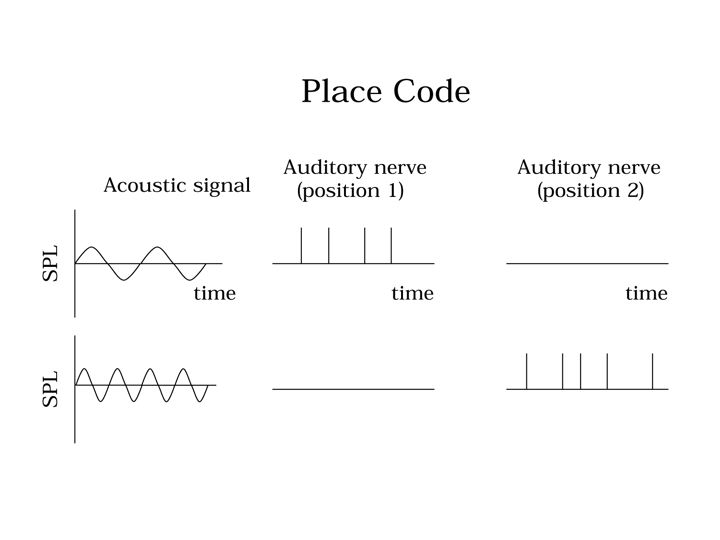
Perception Lecture Notes Frequency Tuning And Pitch Perception
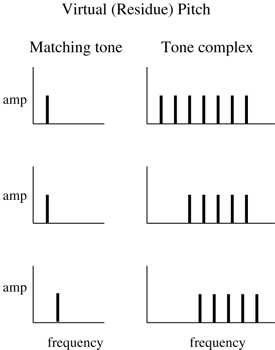
Perception Lecture Notes Frequency Tuning And Pitch Perception

Pitch Discrimination An Overview Sciencedirect Topics

Pitch Discrimination An Overview Sciencedirect Topics
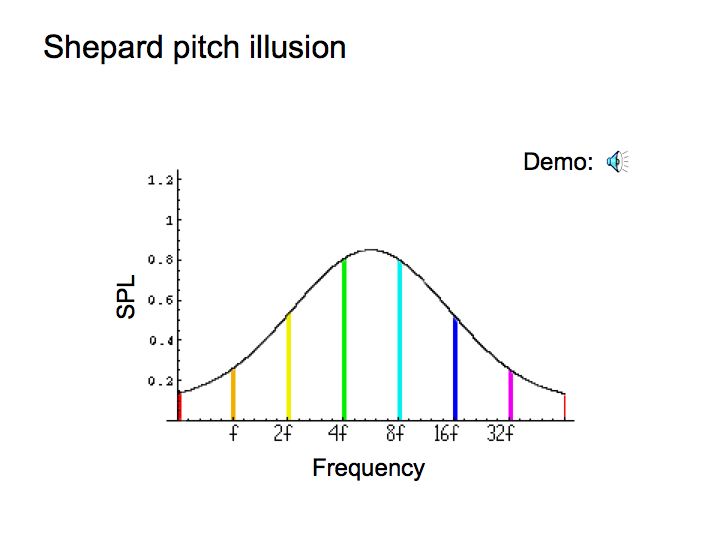
Perception Lecture Notes Frequency Tuning And Pitch Perception
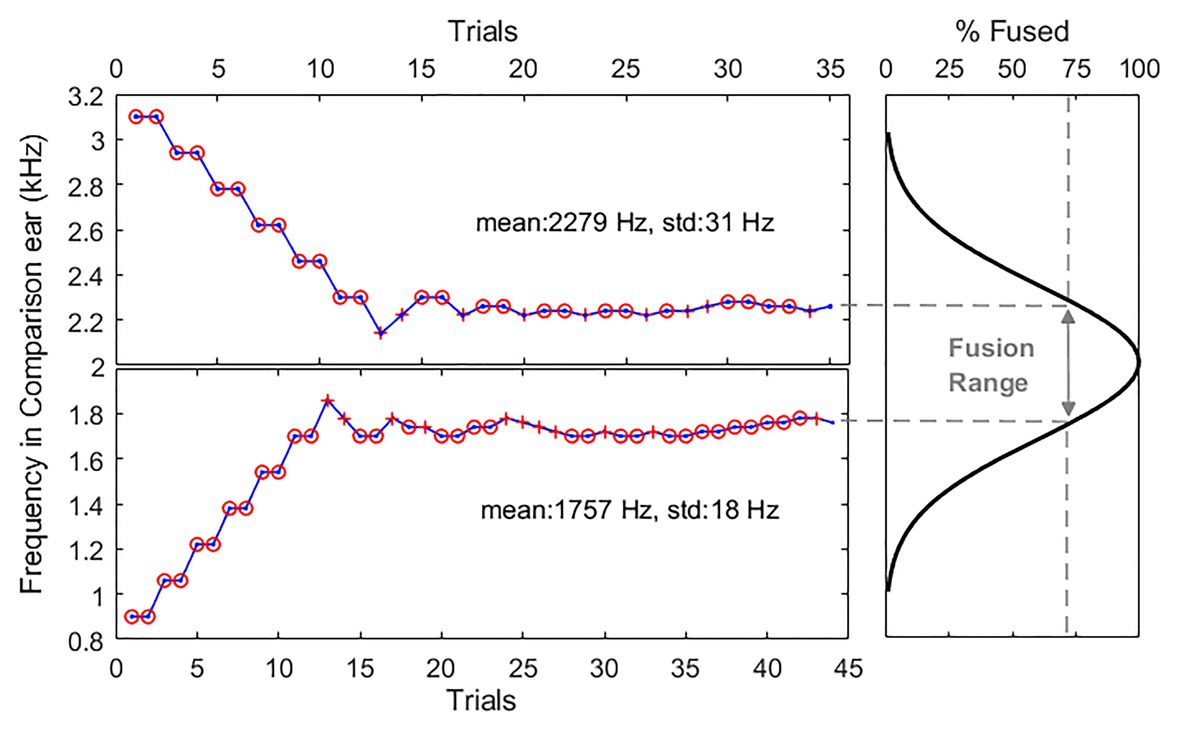
Frontiers Low Intensity Steady Background Noise Enhances Pitch Fusion Across The Ears In Normal Hearing Listeners Psychology

Perception Lecture Notes Frequency Tuning And Pitch Perception

Pitch Discrimination An Overview Sciencedirect Topics
Rate Pitch Vs Place Pitch An Experimental Study Using Cochlear Implants

Pitch Discrimination An Overview Sciencedirect Topics
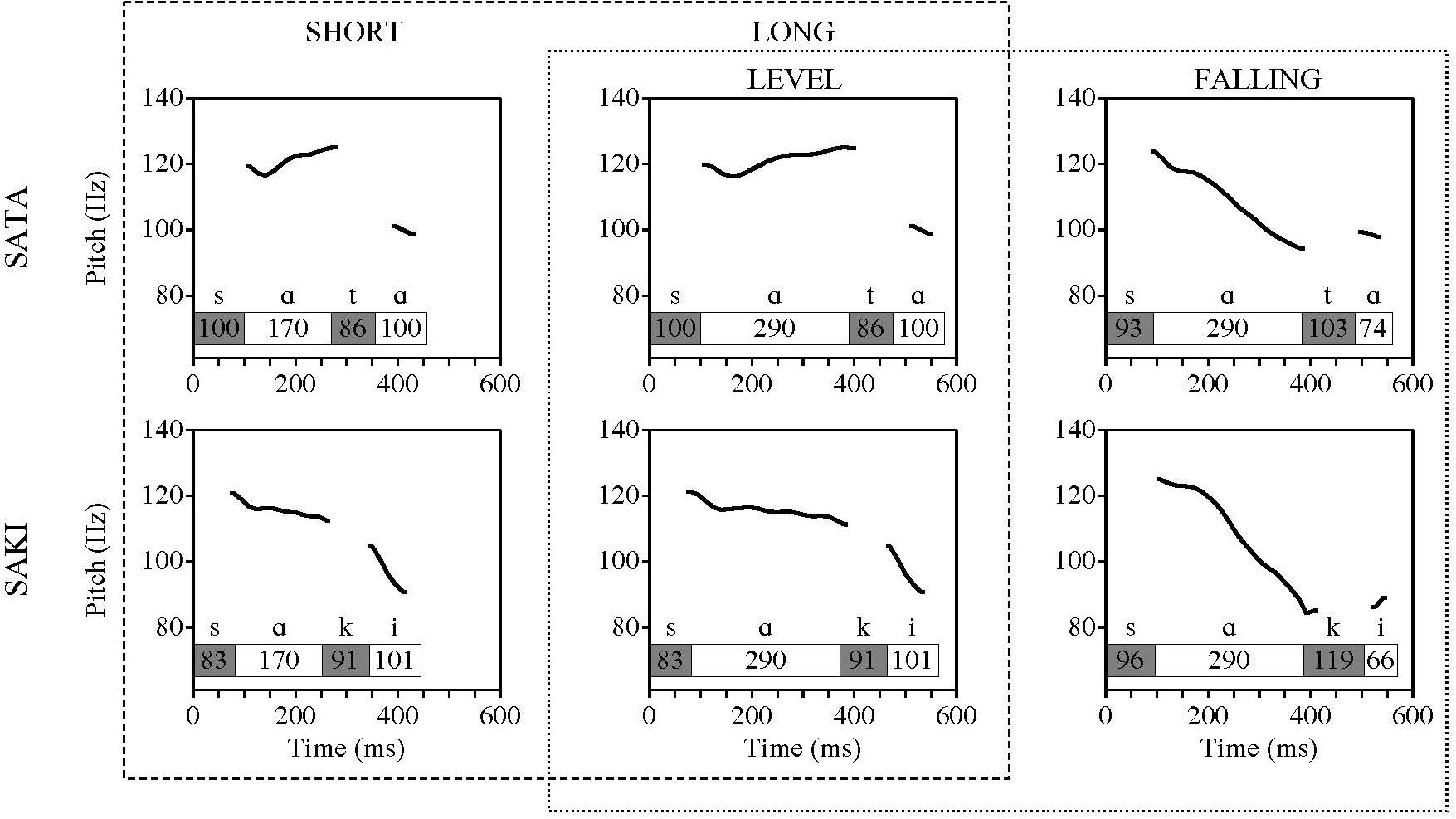
Frontiers Perceptual Asymmetries And Auditory Processing Of Estonian Quantities Human Neuroscience
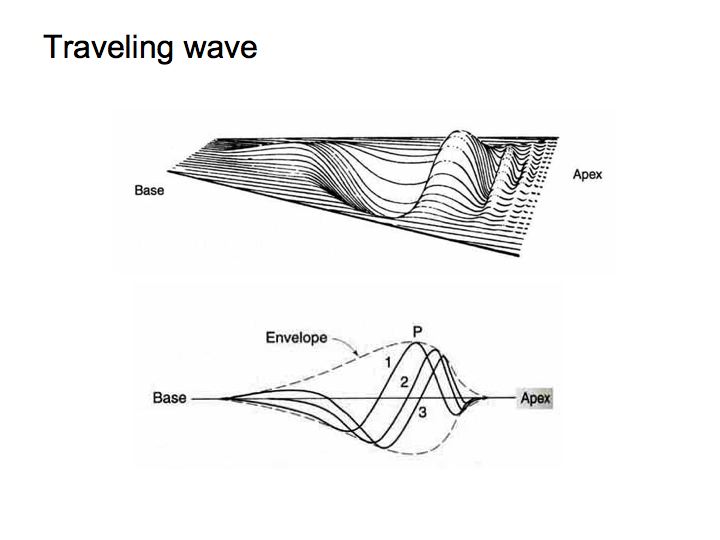
Perception Lecture Notes Frequency Tuning And Pitch Perception

Perception Lecture Notes Frequency Tuning And Pitch Perception
Rate Pitch Vs Place Pitch An Experimental Study Using Cochlear Implants
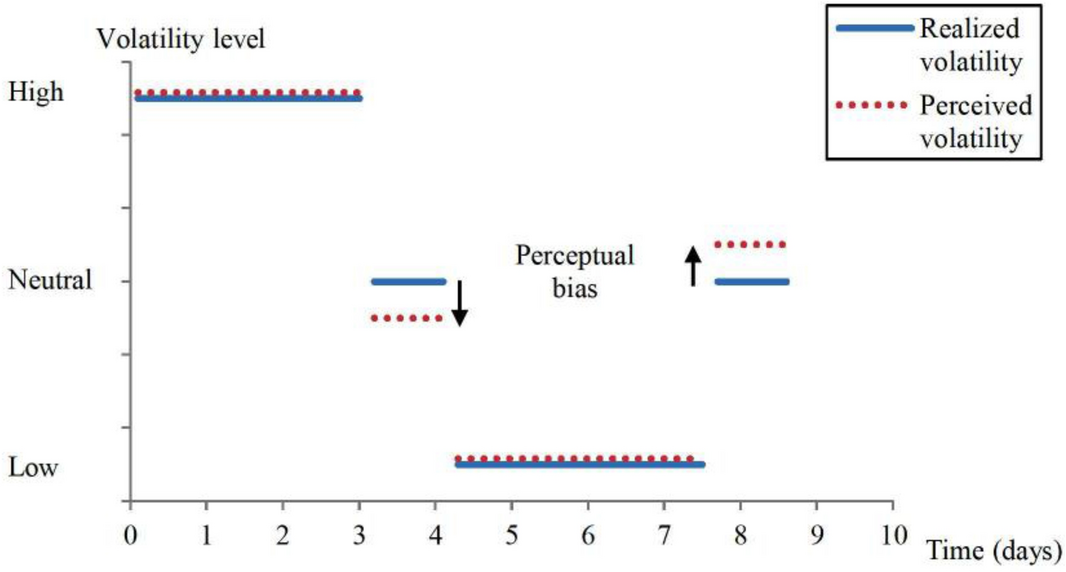
Impact Of Ambient Sound On Risk Perception In Humans Neuroeconomic Investigations Scientific Reports
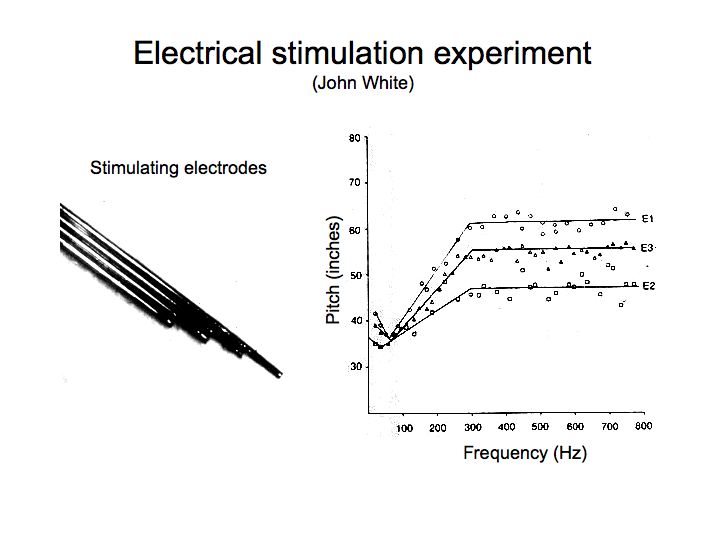
Perception Lecture Notes Frequency Tuning And Pitch Perception

Comments
Post a Comment